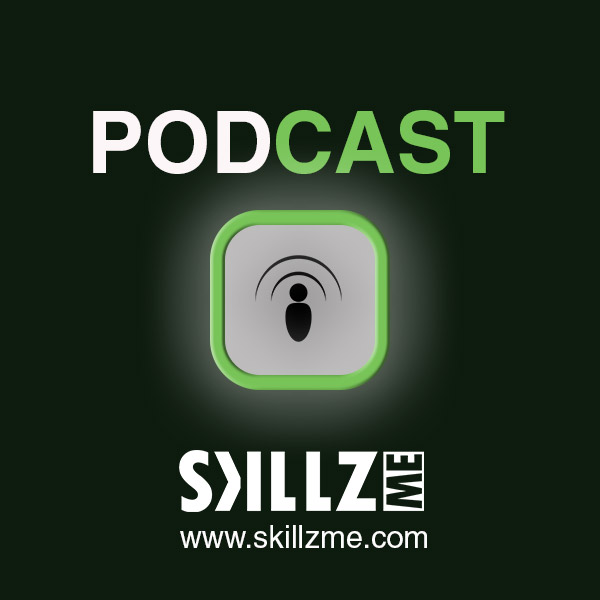Your business’s information technology strategy (IT strategy) refers to a written comprehensive plan defining the factors influencing and affecting the firm’s technology investment and use.
It specifies how the company will use technology to meet IT and business goals. This strategy should explicitly cover your organization’s:
- cost management
- hardware and software management
- human capital management
- risk management
- vendor management
While these documents do provide an organization with a formal IT strategy, the strategies need to provide flexibility to respond to changes in the market, industry and organizational conditions. As business priorities adjust, the IT objectives and strategies should, too.
Examples of changes requiring strategy adjustment include budgetary constraints, skills availability, technological advances, and user needs.
You may already have an IT strategy. You may be about to tackle your first. Either way, here are some tips to improve your IT strategy.

Ways to Strengthen Your Strategy
Making it a joint effort between departments ensures a stronger plan. You need the firm’s chief information officer (CIO) and chief technology officer (CTO) to partner with one another on building the plan. The two need to consult with the budget, business, and legal departments and other relevant user groups to information gathered and define needs. They’re then ready to write the plan.
1. Match your strategic IT goals to business projects. Also, leave room for where the business wants to go in the coming three to five years. Consult your business plan for these specifics.
2. Consider the needs of customers, employees, partners and other key stakeholders.
3. Author a single strategy for digital trends. Include how you’ll address a disruptive trend. While some companies choose to make this separate, it works better to include it in the overall IT strategy.
4. Devise and/or identify ways that IT can improve operations and increase the firm’s value.
5. Include an employee reward and recognition program for leadership in IT and for forward-thinking suggestions that improve productivity.
What to Include
A comprehensive plan includes a few key components. These include an overview, budget, projects, existing enterprise architecture, current capabilities, and a SWOT analysis. The high-level overview looks at the IT department as a whole, including its mission, goal achievement approaches, values and objectives. Include the current budget and budget forecasts for a three- to five-year timeline. Also, include a timeline and milestones of both current and future IT initiatives and projects.
One of the largest sections and most vital components is the existing enterprise architecture catalog. This includes both a graphic representing the infrastructure connections of IT equipment and a comprehensive list of all equipment owned and/or in use by the firm. It also details the capabilities, capacities and skill sets of the IT department. Finally, the catalog includes an analysis and forecast of future needs and infrastructure and staffing requirements.
Like any good plan in business, you’ll need a strengths, weaknesses, opportunities, and threats (SWOT) analysis. Examine the firm, the market and overall industry in your IT SWOT.
You can create an IT strategy that covers all the bases. It needs to spell out the current situation and future priorities. Include analytics and make accuracy analysis a top priority. Tracking changes at two-week intervals provide a strong starting data set.
Consider your IT strategy one of the firm’s living documents. You’ll need to revisit it annually to ensure it remains relevant. It can help guide you to a more successful business. It requires a C-level partnership though and significant current and future mapping and analysis.


![Harnessing Linkedin’s Professional Network For Growth [Infographic] Linkedin’s Professional Network](https://www.skillzme.com/wp-content/uploads/2025/02/hero-image-Linkedins-Professional-Network-200x200.jpg)
![The Construction Labor Shortage [Infographic] hero-image-addressing-the-construction-labor-shortage](https://www.skillzme.com/wp-content/uploads/2025/01/hero-image-addressing-the-construction-labor-shortage-200x200.jpg)


This is extremely stunning and exceptionally alluring to me. I am so happy you concluded that you have to pass it on in light of the fact that we as a whole need it passed on.
Nice written, IT strategy goes hand in hand with the mission of digital transformation which effects all areas of business. If you master it your business will be succeeding in the ERA of our digital world.